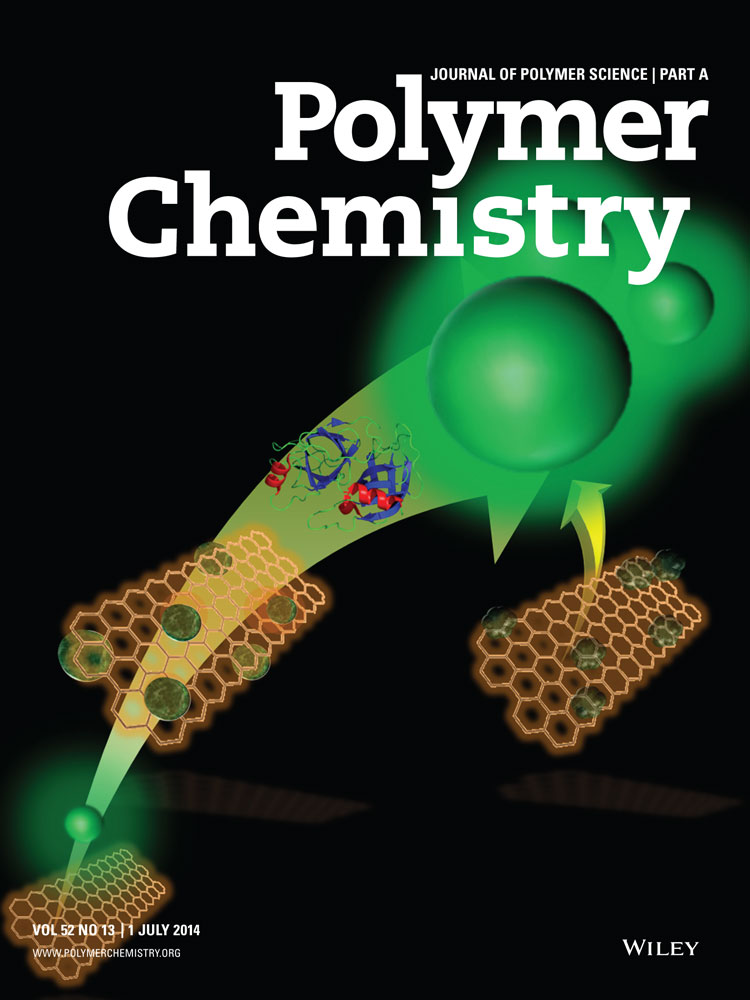Importance of compositional homogeneity of macromolecular chains for UCST-type transitions in water: Controlled versus conventional radical polymerization
ABSTRACT
The change of polymerization method from conventional free radical polymerization to the reversible addition fragmentation chain transfer (RAFT) method provided thermoresponsive behavior of upper critical solution temperature (UCST)-type in water to copolymers of styrene (St) and acrylamide (AAm). Sample preparation conditions (temperature and time of dissolution) for turbidity measurements could also significantly influence the thermoresponsive behavior of polymers based on AAm. Poly(AAm-co-St)s made by RAFT method till high conversions showed sharp cloud points ranging 50–62 °C with low hysteresis in water depending upon the copolymer composition. Samples for turbidity measurements were prepared under optimized conditions, that is, 70 °C for 1.5 h. In contrast, the copolymers made by conventional radical polymerization in all copolymer composition range were not thermoresponsive. The example [poly(AAm-co-St)] emphasizes the importance of compositional homogeneity of macromolecular chains for showing UCST-type transitions in water for a system with wide difference in reactivity ratios of the comonomers. Since, examples of polymeric systems showing UCST in water are not too many, this work highlights how compositional homogeneity would help in developing many more systems with tuned cloud points. © 2014 Wiley Periodicals, Inc. J. Polym. Sci., Part A: Polym. Chem. 2014, 52, 1878–1884




